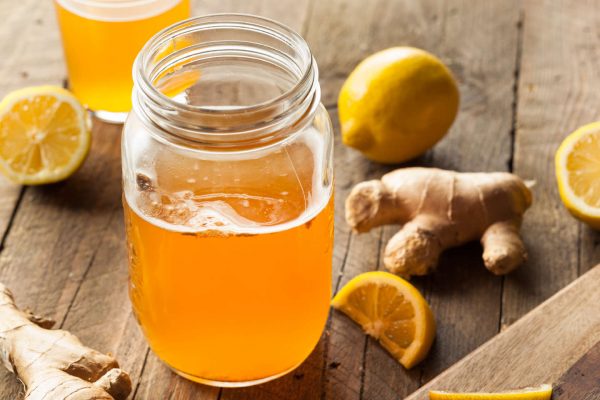
Making Kombucha at Home
Kombucha recipe below! By Amahl Turczyn You’d be forgiven for thinking the name kombucha, a sweet/tart sparkling fermented beverage made from sweetened tea and fermented with both yeast and bacteria,…
Your home fermentation journey doesn’t need to stop at beer! Find topics on projects and recipes that expand and compliment your homebrewing skills, including sake, kombucha, and hop growing.

Kombucha recipe below! By Amahl Turczyn You’d be forgiven for thinking the name kombucha, a sweet/tart sparkling fermented beverage made from sweetened tea and fermented with both yeast and bacteria,…
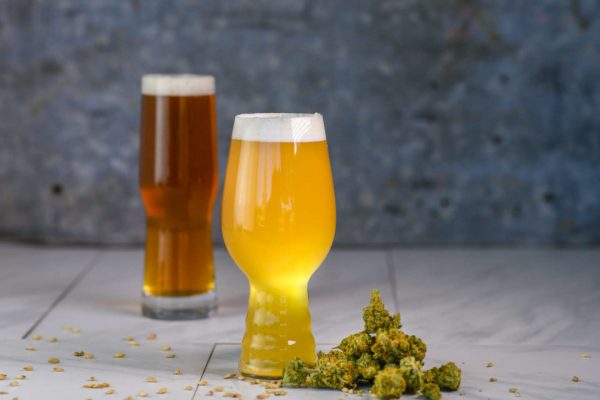
Brewers have explored various strategies to put cannabis into alcoholic and non-alcoholic brews. Discover how with this excerpt from Brewing with Cannabis.
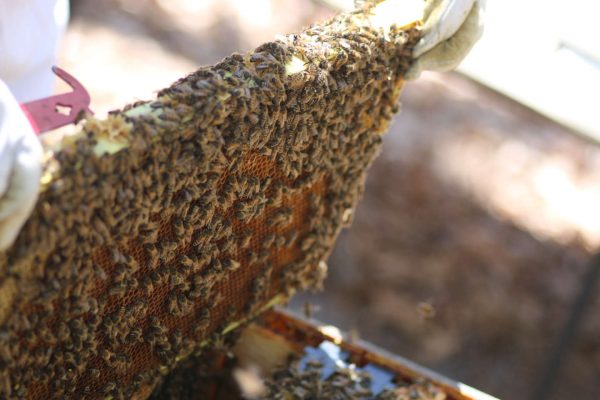
Kathy the beekeeper and Andrew the meadmaker combined their skills to create the perfect mead for their son's wedding. Discover the journey of meadmaking from bees to glass!

In medieval times, bees were kept in hives without an internal frame system, which means the combs were free-hanging. When it was time to extract the honey, an old and trusted meshod of "washing comb" was often times used.

Join Annie Johnson as she explores the magnificent symbiosis between beer brewing and sparkling wine production. Discover how you can use the traditional Champagne method to produce amazing Champagne-inspired beers.
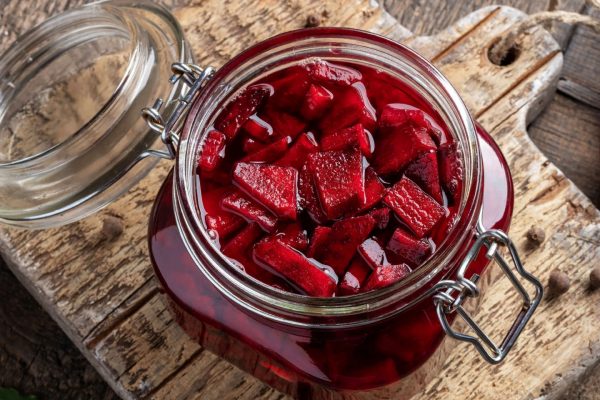
Historically, kvass was said to be the chief beverage of monks and peasants, who preferred it to water. But, as with many probiotic fermented beverages, it evolved into endless varieties, some without it's usual rye bread base. We will focus on one of the healthiest and most attractive versions: beet kvass.

Cyser is a type of mead focused around the use of apples and cider. Browse through our tried-and-true cyser recipes to find inspiration.
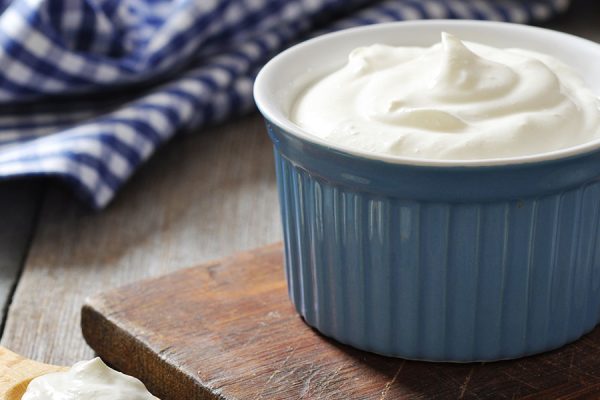
By Megan Wabst Sour cream—a "cream" that has been slowly preserved, or soured, with an acid to create a thicker, tangy cream—is simple to make at home! The key is…

Follow along to learn how to roast your own coffee beans. The process is simple and can be done in your kitchen or backyard!
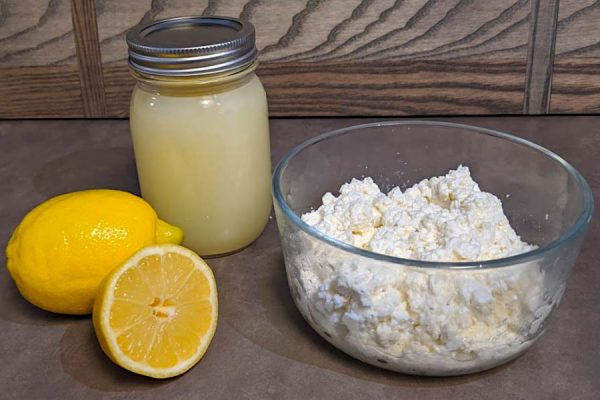
Ricotta is one of the easiest cheeses to make at home, only requiring basic ingredients and common kitchenware. Ricotta cheese recipe included!
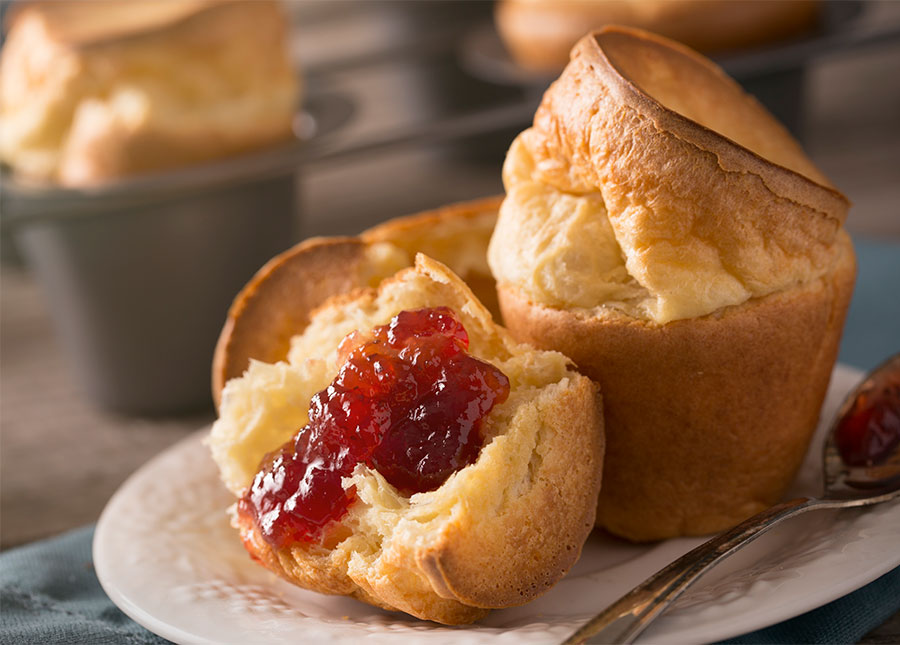
This sourdough popover recipe is a last-minute breakfast solution that doesn’t involve a pre-ferment and can save a half-cup starter withdrawal from going down the drain (or into the compost).
Accordingly, the sourdough flavor and tartness will be subtle, but they add a nice dimension and complexity to crusty popovers. A seasoned cast iron or nonstick cast-aluminum popover pan is recommended for the best spring and release, but a standard muffin pan can work in a pinch. Be sure to get it good and hot before adding the batter.

This is a light, airy, crusty sourdough bread recipe that looks and tastes just like the sourdough from your local artisan bakery, and it’s very easy to make.